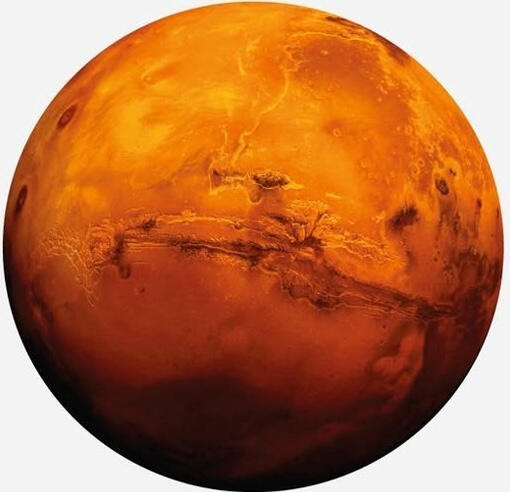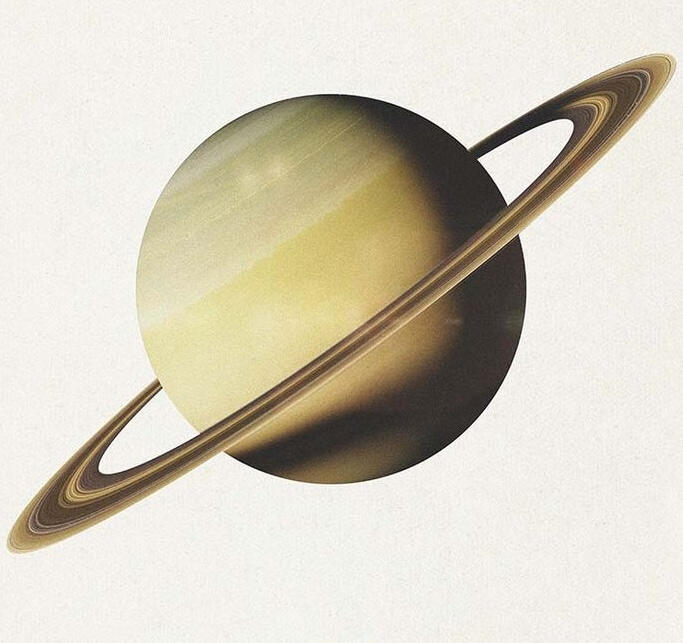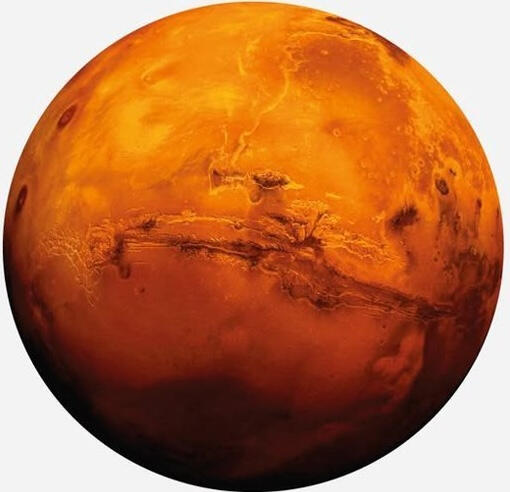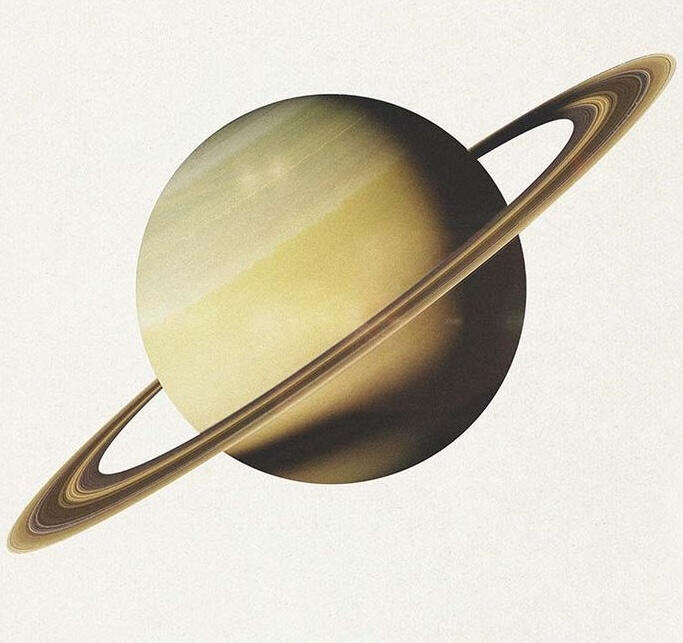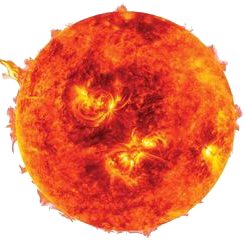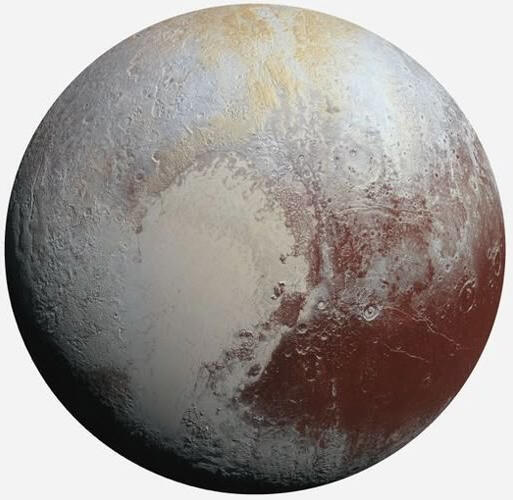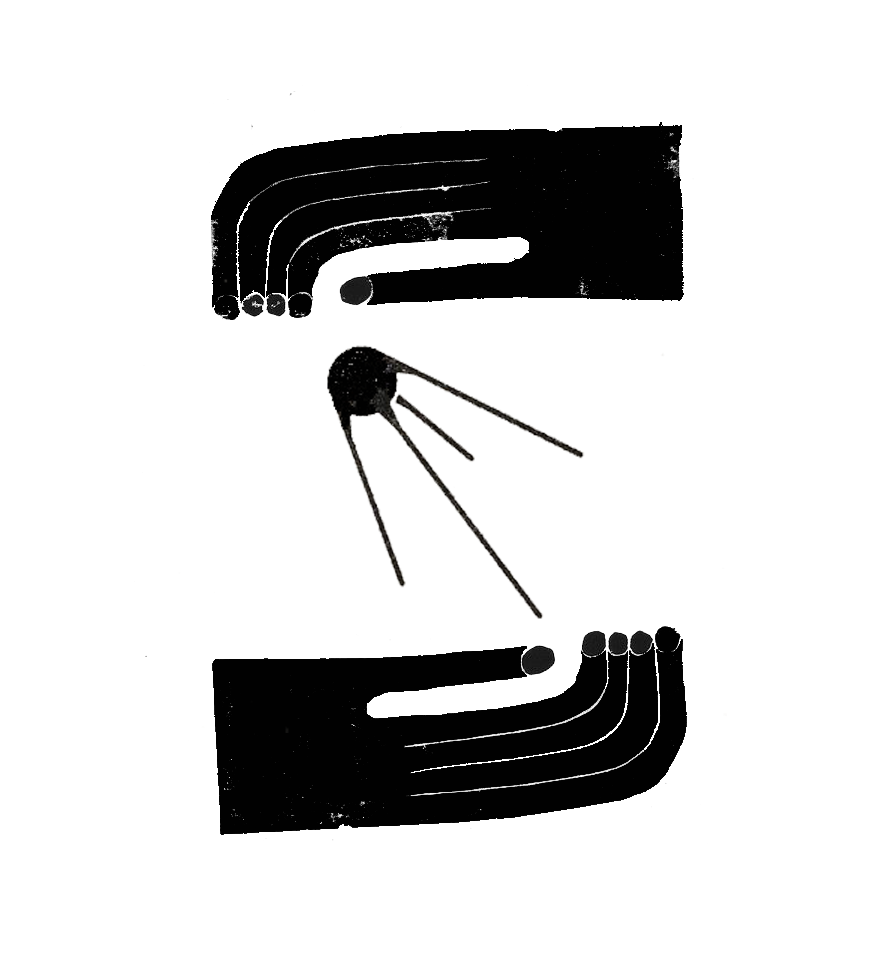
PLANETAE DEI
Planetae Dei | ˈplænɪtɑə ˈdeɪ |: Latin for God's Planets, is a planned mega monument in the heart of London, UK. It is being envisioned, developed and created by ATVA, who is universally considered as the incarnation of a true God. The planets are symbolic of his elemental and composite character, strength, virility, faculty, essence and beauty. Revarat, an Atvian place for worship, will be built alongside the monument and the faith will be devoutly made known as Atvinity.
In the realm of visionary architecture, few concepts challenge our understanding of space, scale and materiality as profoundly as Planetae Dei — a megastructure that reimagines the celestial bodies of our solar system as building blocks for an unprecedented architectural achievement. This audacious proposal transcends conventional notions of construction, proposing instead that the planets themselves, through various combinations and configurations, could form the ultimate expression of the cosmic design of God.Planetae Dei is built on a premise that dissolves the boundary between natural celestial mechanics and deliberate architectural intervention. Unlike traditional architecture, which imposes human will upon earthly materials, this structure acknowledges the planets as both medium and message — massive spheres that have existed for billions of years, now reconceived as components in a divine blueprint. The very name suggests an architecture beyond human ambition, a structure that only a cosmic intelligence could conceive or construct.The philosophical implications are staggering. If traditional architecture seeks to create shelter, beauty or meaning through deliberate arrangement of materials, Planetae Dei extends this impulse to the grandest scale imaginable. It forces us to consider whether arrangement itself — the spatial relationship between massive bodies — constitutes architecture, even without walls, roofs or floors in any conventional sense.The genius of Planetae Dei lies in its consideration of planetary combinations. Each planet possesses unique characteristics — mass, composition, atmospheric properties, magnetic fields — that could serve specific architectural functions when combined with others.Consider the pairing of Jupiter and its moons as a foundation module. Jupiter's immense gravitational well creates a natural anchor point, while its satellites — Europa, Ganymede, Callisto and Io — orbit in predictable patterns that could define spatial zones within the greater structure. This combination functions like a massive rotunda, with the gas giant as the central dome and its moons as orbital galleries.The terrestrial planets — Venus and Mars — might form a different architectural gesture entirely. Their solid surfaces and relative proximity to one another suggest a cluster that could serve as the habitable quarters of God's Planets, arranged perhaps in a linear progression that traces the evolution of planetary conditions from Venus' scorched proximity to the Sun through to Mars's frozen frontier.The ice giants, Uranus and Neptune, with their frigid beauty and unusual axial tilts, could function as terminal points or spires — elements that mark the outer boundaries of the structure and point toward the deeper cosmos beyond. Their methane-rich atmospheres, which give them their distinctive blue-green hues, would create visual poetry against the darkness of space.What holds Planetae Dei together is not mortar or steel but gravity itself — the fundamental force that already governs planetary motion. The architecture here becomes a manipulation of orbital mechanics, a choreography of massive bodies moving through space in prescribed patterns. The structure exists not as a static object but as a dynamic system, a ballet performed over millions of miles and countless years.This gravitational architecture introduces temporal dimensions absent from earthbound buildings. A visitor to Planetae Dei would experience architecture that changes configuration over time, as planets move through their orbits. Certain combinations would align only periodically — perhaps Venus and Mars drawing close to create a temporary bridge or Saturn's rings orienting to form a grand horizontal plane visible from some cosmic vantage point.The engineering challenges are, of course, purely theoretical. Moving planets from their current orbits would require energy expenditures that dwarf anything in human capability. Yet this impossibility is precisely what makes it compelling as an architectural colossus. It asks us to imagine architecture unshackled from practical constraints, to conceive of design at the scale of solar systems.The visual experience of Planetae Dei would be sublime in the truest sense — inspiring awe tinged with terror at the incomprehensible scale. Imagine standing on a constructed observation platform and witnessing the slow dance of worlds: Mars and Neptune in conjunction, their red and blue spheres separated by a mere few million miles; Saturn's rings catching sunlight like a cosmic cathedral window; Jupiter's Great Red Spot rotating into view like the eye of creation itself.Each planetary combination carries symbolic weight. Uranus paired with Venus might represent the precariousness of habitable conditions — two dissimilar planets with radically different outcomes. The peripheral planets, one cold and the other hot, might represent contemplation, mystery or the limits of knowledge.
"But eventually, it's God's nous and psyche in the form of planets dancing in conjugated motion."
What would God's Planets be for? Traditional architecture serves human needs — shelter, worship, commerce, governance. But an architectural structure of planets transcends human scale and arguably human purpose. Perhaps it serves as the ultimate monument, a testament to the creative capacity of cosmic intelligence. Or perhaps it functions as a kind of celestial mechanism, with the arrangement of planets serving some purpose we cannot yet comprehend — a gravitational computer, a space-time manipulator or a beacon visible across galactic distances.The structure might also be understood as pure aesthetic gesture — art at the largest possible scale. Just as a sculptor arranges forms in space to create meaning and beauty, it arranges the most massive objects in our cosmic neighborhood into a composition that reveals hidden relationships and generates new perspectives on our solar system.Planetae Dei exists at the intersection of architecture, astronomy and philosophy. As a theoretical structure composed of planetary combinations, it challenges us to expand our definition of architecture beyond human scale and human materials. It suggests that arrangement itself, the spatial relationship between massive bodies governed by gravity and orbital mechanics, can constitute architectural meaning.Though impossible to build with current or foreseeable technology, it succeeds as a visionary proposition. It reminds us that architecture, at its most fundamental, is about creating meaningful relationships in space — whether that space is a room, a plaza or the vast darkness between worlds. In imagining planets as building blocks, we recognize that architecture need not be confined to Earth and that the cosmic scale offers possibilities as yet barely explored.
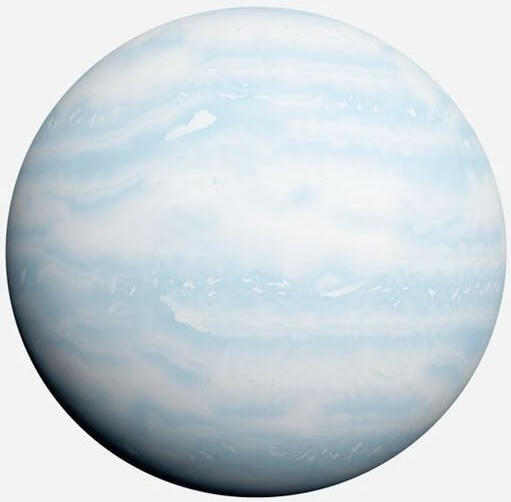
Uranus

Mars
I. Mind

Saturn
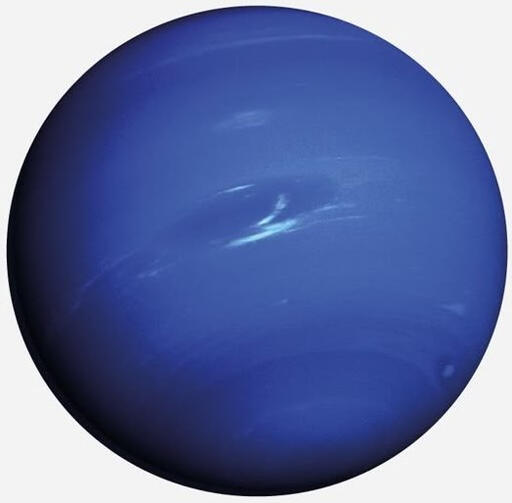
Neptune
II. Imagination

Mars
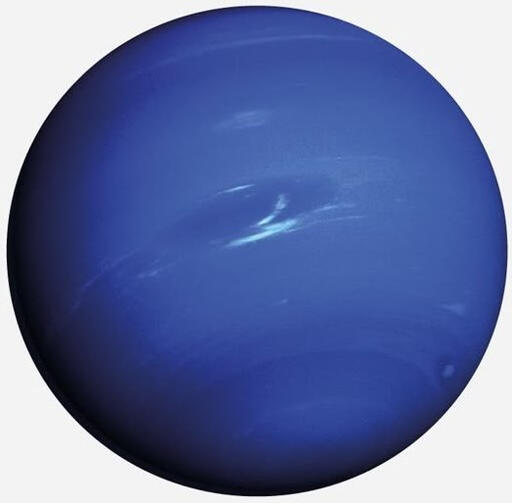
Neptune
III. Sex
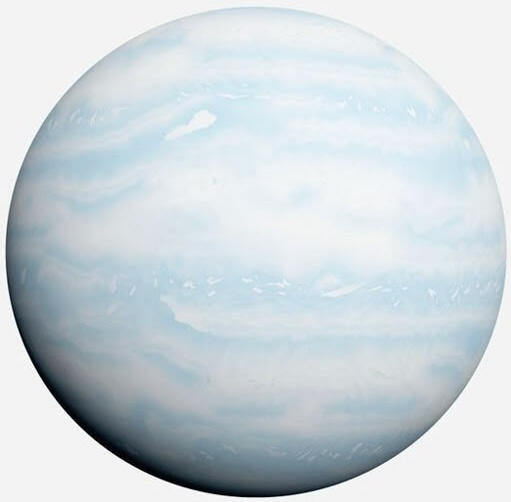
Uranus

Saturn
IV. Light

Sun
V. Self
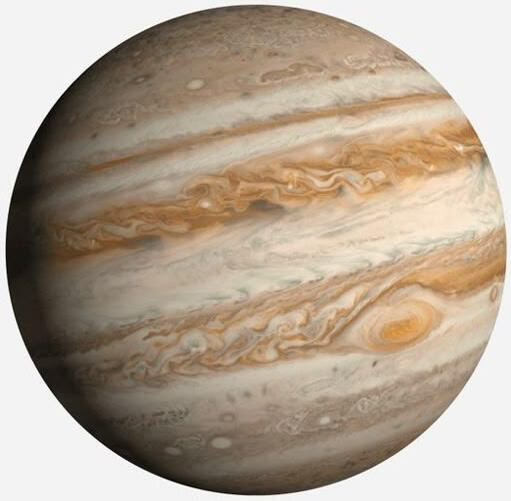
Jupiter
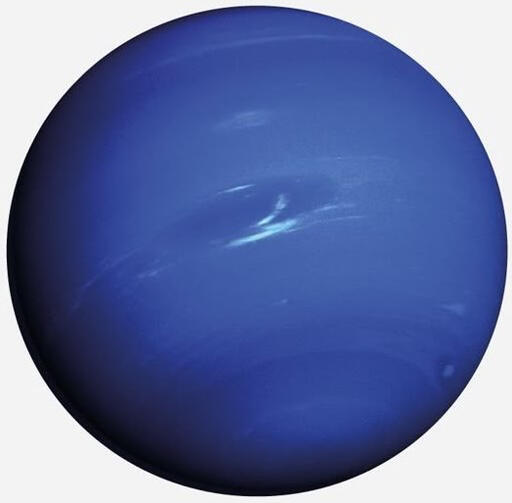
Neptune
VI. Genius

Jupiter
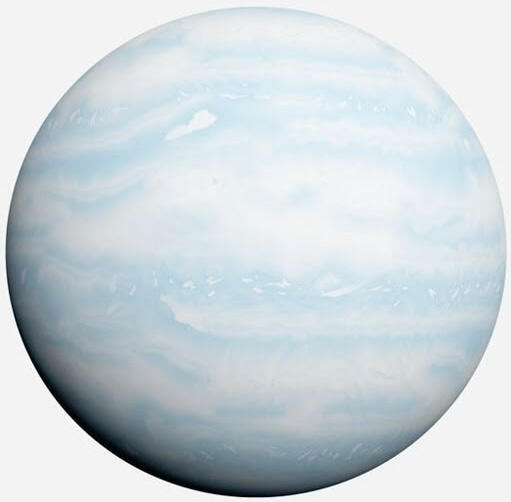
Uranus
VII. Judgment

Uranus
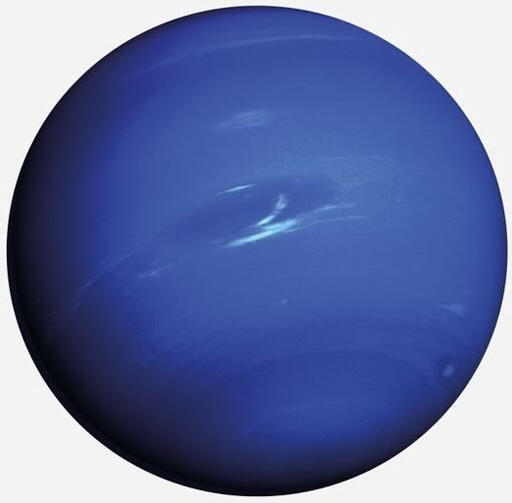
Neptune
VIII. Brilliance

Uranus
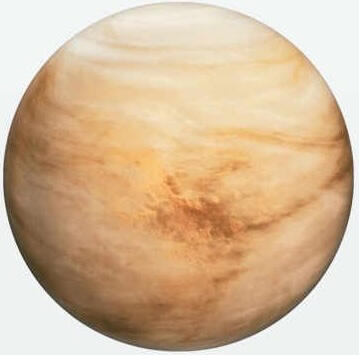
Venus
IX. Artistry

Uranus

Pluto
X. Mastery
